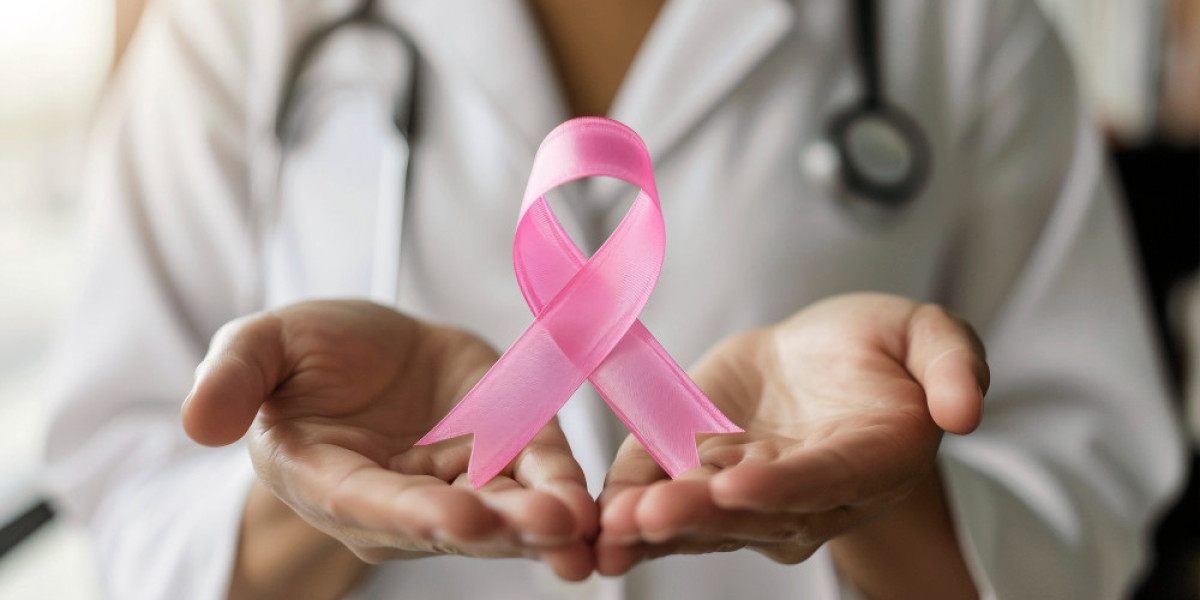Identifying Critical Warning Signs
Early recognition of breast cancer symptoms serves as the foundation for successful treatment outcomes. The most recognizable symptom involves discovering a new mass or lump within breast tissue, which may present as hard, irregularly shaped, or surprisingly painless to touch.
Breast appearance changes warrant careful attention and medical evaluation. These modifications include noticeable size differences between breasts, skin texture changes resembling orange peel dimpling, and unusual breast contour alterations. The nipple area may also exhibit concerning changes, such as spontaneous discharge not related to pregnancy or breastfeeding, nipple inversion, or persistent redness and scaling.
Less common but equally important symptoms include ongoing breast pain unrelated to menstrual cycles, localized swelling or thickening in breast tissue, and skin changes affecting the breast surface. Lymph node swelling in the armpit, above the collarbone, or below the collarbone may also indicate potential concerns requiring professional assessment.
Unraveling the Complex Causes
The causes of breast cancer encompass a multifaceted web of genetic, hormonal, and environmental influences that interact in complex ways. Genetic factors include both inherited mutations passed down through families and spontaneous genetic changes that occur throughout life.
Inherited genetic mutations, particularly in BRCA1 and BRCA2 genes, dramatically increase breast cancer risk. Additional genes like TP53, CHEK2, and ATM also contribute to hereditary breast cancer syndromes. However, most breast cancers develop through acquired genetic changes that accumulate over time rather than inherited predisposition.
Hormonal factors play a crucial role in breast cancer development through their influence on breast cell growth and division. Estrogen and progesterone exposure throughout a woman's lifetime affects breast tissue development and maintenance. Prolonged exposure to these hormones, whether through natural reproductive cycles or external sources, can contribute to cellular changes leading to malignancy.
Environmental and lifestyle factors contribute additional layers of complexity to cancer causation. Radiation exposure during medical treatments, particularly chest radiation for other cancers, increases subsequent breast cancer risk. Chemical exposures through occupational settings, consumer products, and environmental pollution may also influence cancer development, though research continues to clarify these relationships.
Assessing Individual Risk Profiles
Comprehensive evaluation of risk factors for breast cancer in women enables personalized approaches to screening and prevention. Age represents the most significant risk factor, with breast cancer incidence increasing substantially with advancing years. While the disease can affect younger women, the majority of cases occur after age 50.
Family history patterns provide crucial risk assessment information. Women with first-degree relatives affected by breast or ovarian cancer face elevated risk levels, particularly when multiple family members are involved or when cancers occurred at young ages. Genetic counseling and testing may be appropriate for families with strong cancer histories.
Personal medical history influences future cancer risk through various pathways. Previous breast cancer diagnosis significantly increases risk of developing new cancers. Certain benign breast conditions, including atypical ductal hyperplasia and lobular carcinoma in situ, also elevate risk levels. Additionally, previous radiation therapy to the chest area creates long-term increased susceptibility.
Reproductive factors create intricate risk patterns related to lifetime hormone exposure. Factors that increase estrogen exposure, such as early menstruation, late menopause, never having children, or having first children after age 30, may slightly elevate risk. Conversely, multiple pregnancies, early first pregnancy, and prolonged breastfeeding may provide protective effects.
Modifiable lifestyle factors offer opportunities for risk reduction. Alcohol consumption shows clear associations with increased breast cancer risk, with risk levels rising proportionally with consumption amounts. Maintaining healthy body weight, particularly after menopause, helps regulate hormone levels and reduces cancer risk. Regular physical activity provides protective benefits through multiple biological mechanisms.
Scientific Foundations of Disease Understanding
The comprehensive study of breast cancer etiology and risk factors has revealed sophisticated biological mechanisms underlying disease development. Cancer development follows a multi-step process involving accumulation of genetic and epigenetic changes that disrupt normal cellular functions.
Molecular pathways governing normal breast cell growth and division become dysregulated through various mechanisms. These include alterations in tumor suppressor genes that normally prevent uncontrolled cell growth, oncogenes that promote cell division, and DNA repair mechanisms that maintain genetic stability. Understanding these pathways has revolutionized treatment approaches and improved patient outcomes.
Hormonal carcinogenesis involves complex interactions between hormones, hormone receptors, and cellular signaling pathways. Estrogen and progesterone receptors in breast tissue respond to hormonal stimulation throughout reproductive years. Chronic exposure to these growth signals may contribute to cellular changes that eventually lead to malignant transformation.
Inflammation processes also contribute to cancer development through various mechanisms. Chronic inflammation creates cellular environments that promote DNA damage, support abnormal cell growth, and facilitate cancer progression. Understanding these inflammatory pathways has led to new therapeutic targets and prevention strategies.
Building Comprehensive Prevention Strategies
Effective breast cancer prevention requires integrated approaches combining screening, lifestyle modifications, and risk-aware medical decision-making. Screening strategies should be tailored to individual risk profiles, with guidelines recommending mammography beginning at age 40-50 for average-risk women. High-risk individuals may benefit from earlier screening initiation, shorter screening intervals, or additional imaging modalities.
Lifestyle interventions provide practical approaches to risk reduction that offer multiple health benefits. Maintaining healthy body weight through balanced nutrition and regular physical activity helps regulate hormone levels and supports overall health. Limiting alcohol consumption, avoiding unnecessary hormone exposures, and staying physically active throughout life contribute to cancer prevention efforts.
For women at significantly elevated risk due to genetic predisposition or family history, specialized prevention strategies may be appropriate. These can include enhanced surveillance programs, chemoprevention medications, or in select cases, prophylactic surgical interventions. Making informed decisions about these options requires thorough understanding of individual risk levels and careful consideration of benefits and risks associated with each approach.
Latest Reports Offered By DelveInsight:
https://www.delveinsight.com/sample-request/metronidazole-drug-insight-and-market-forecast
https://www.delveinsight.com/sample-request/mgb-bp-3-emerging-drug-insight-and-market-forecast
https://www.delveinsight.com/sample-request/microcarriers-market
https://www.delveinsight.com/sample-request/microscopic-polyangiitis-mpa-market-insight
https://www.delveinsight.com/sample-request/migraine-epidemiology-forecast-insight
https://www.delveinsight.com/sample-request/migraine-pipeline-insight
https://www.delveinsight.com/sample-request/mismatch-repair-deficiency-market
https://www.delveinsight.com/sample-request/mk5475-emerging-drug-insight-and-market-forecast
https://www.delveinsight.com/sample-request/moderate-and-severe-chronic-kidney-disease-market
Latest Reports:-
Gouty Arthritis Market | Steroid Refactory Acute Graft-versus-host Disease Market | Wegener S Granulomatosis/granulomatosis With Polyangiitis Market | Granulomatosis With Polyangiitis Market | Graves Disease Market | Hairy Cell Leukemia Market | Head And Neck Squamous Cell Carcinoma Market | Hemophilia A Market | Hemophilia B Market | Hemorrhoids Market | Hemostasis Market | Hepatorenal Syndrome Market | Her2+ Gastric Cancer Market | Hernia Repair Devices Market | Herpes Labialis Market | Higher-risk Chronic Myelomonocytic Leukemia Market | Hip Replacement Devices Market | Homocystinuria Market | Hospital-acquired And Ventilator-associated Bacterial Pneumonia Habp/vabp Market | Hot Flashes Market | House Dust Mite Allergy Market | Human Papillomavirus Positive Cancer Market | Human Papillomavirus-positive Oropharyngeal Cancer Market | Her2-negative Breast Cancer Market | Human Papillomavirus Hpv Market | Huntington’s Disease Market | Hydrocephalus Market | Hypercalcemia Market | Heterozygous Familial Hypercholesterolemia Market | Ventricular Hypertrophy Market | Hypertrophic Cardiomyopathy Market | Hyperuricemia Market | Hypogonadism Market








